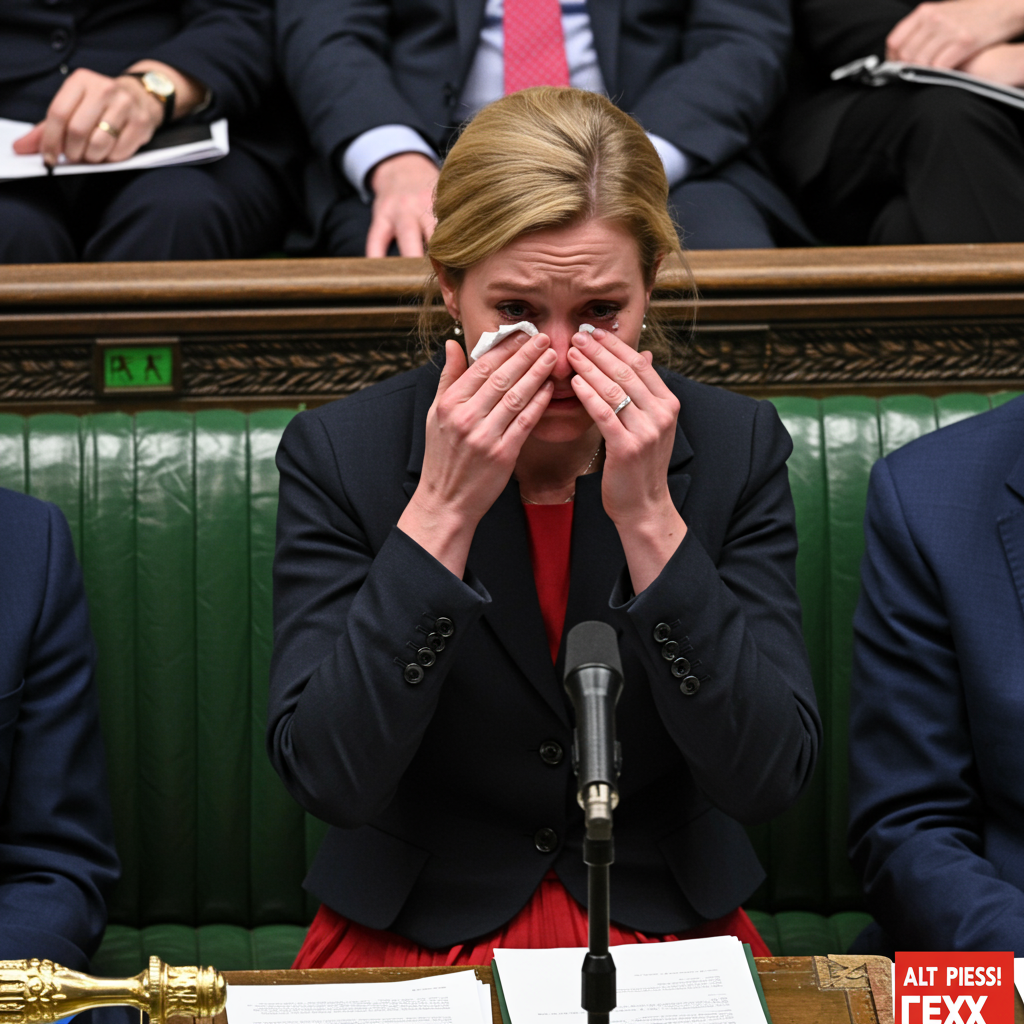Tragedy Strikes: The Final Moments of Air India Flight 171
In a devastating incident that shocked India, Air India Flight 171 crashed moments after taking off from Ahmedabad, claiming the lives of everyone onboard. While investigations are ongoing to determine the cause of the disaster, attention is also focused on the two pilots in the cockpit – Captain Sumeet Sabharwal and First Officer Clive Kunder – whose final flight lasted mere seconds.
The ill-fated Air India flight was bound for London when the tragedy occurred on Thursday, June 15, 2025. Taking off from the airport in Ahmedabad, a major city in western India, the Boeing 787 encountered distress almost immediately after becoming airborne. Reports indicate a “Mayday” call may have been transmitted, but the situation escalated rapidly.
Within less than a minute, the aircraft impacted the campus of a nearby medical college, igniting a massive fireball. The severity of the plane crash left the wreckage severely damaged and tragically, the bodies of many victims were unrecognizable. Officials confirmed at least 270 fatalities.
Remembering the Crew: Pilots on a Collision Course with Fate
Captain Sumeet Sabharwal, 55, was an experienced aviator with thousands of flight hours to his name. He was reportedly considering early retirement to care for his elderly father.
By his side was First Officer Clive Kunder, 32, a pilot whose career was just gaining momentum. Despite their different stages of life, together they commanded nearly 10,000 hours of combined flight experience.
Investigators are now painstakingly reviewing the final moments of their flight, hoping the data from the aircraft’s recorders will provide critical answers.
The Investigation and the Black Boxes
The crash site in Ahmedabad has been sealed off as investigators from various agencies work to piece together the events leading to the crash. A key focus is the recovery and analysis of the aircraft’s “black boxes” – the flight data recorder (FDR) and the cockpit voice recorder (CVR).
The FDR logs crucial flight parameters like speed, altitude, and engine performance, while the CVR records cockpit conversations and ambient sounds. Experts hope that the dialogue between Captain Sabharwal and First Officer Kunder, coupled with the technical data, will shed light on whether mechanical failure, human error, or a combination of factors caused the sudden loss of control.
Regardless of the findings, aviation officials and experts agree that the crew had virtually no time to react or attempt recovery once the aircraft began its descent.
Aftermath and Identification Efforts
The days following the Air India Flight 171 tragedy have been marked by intense recovery efforts and profound grief. Workers at the crash site battled through the wreckage, including trying to extract the tail section of the plane.
Identifying the victims has been a slow and difficult process due to the impact’s severity. By Sunday, three days after the crash, only 35 individuals had been formally identified through DNA testing and released to their grieving families.
The disaster has sent ripples of sorrow through communities, including British Gujaratis with connections to the region and many of those on the ill-fated flight. As the investigation continues, the focus remains on understanding what went wrong and providing closure for the families mourning their lost loved ones, including the two dedicated pilots who did not make it home.



